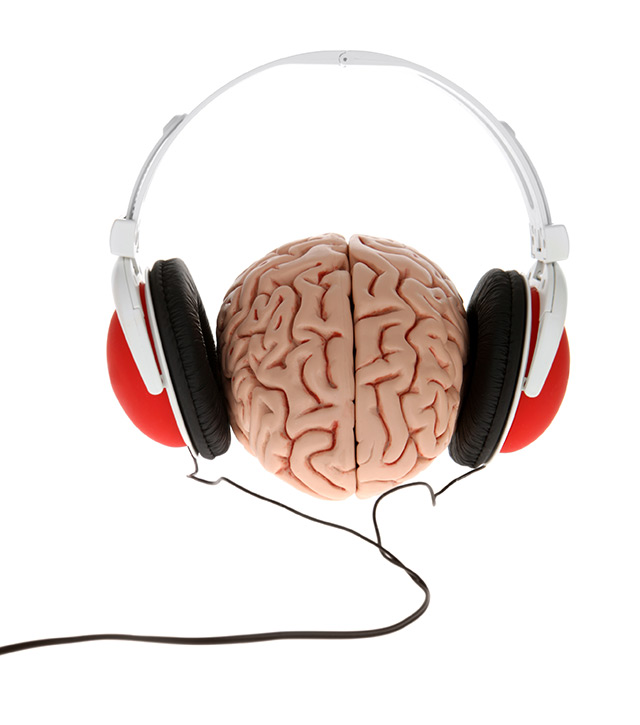
To determine what the connection is, researchers studied 17 participants who were given auditory memory tasks while strapped to a magnetoencephalography (MEG) and electroencephalography (EEG). The MEG and EEG revealed the frequency and amplitude of theta waves in the dorsal stream while the participants worked on memory tasks. The machines also recorded where the theta waves were coming from in the brain.
After the base was established, researchers then applied TMS at the same theta frequency to the subjects while they performed the same tasks. It was found that subjects performed better at auditory memory tests when TMS was given. It must be noted that this was only observed when TMS matched the natural rhythms of the theta waves in the brain. When the applied TMS was arrhythmic, participants displayed no significant improvements. This suggests that auditory memory is directly linked to the manipulation of theta waves, not just the application of TMS, which alters performance.
Sylvian Baillet, one of the study’s co-authors said in an article on ScienceDaily.com, “For a long time the role of theta waves has been unclear. We now know much more about the nature of the mechanisms involved and their causal role in brain functions.” First author of the study, Philippe Albouy concurred with, “Now we know human behavior can be specifically boosted using stimulation that matched ongoing, self-generated brain oscillations. Even more exciting is that while this study investigated auditory memory, the same approach can be used for multiple cognitive processes such as vision, perception, and learning.”
Other clinical implications
Researchers say that these findings can pave the way for future treatments. Already, scientists from the Imperial College London (ICL) are using electricity to stimulate the brain to synchronize wave activity. Brain waves occur when neurons send signals at the same time. There are signatures that are made, and non-invasive brain stimulation can mimic these rhythms to improve the performance of elaborate tasks. Researchers found that applying weak electrical stimulation can harmonize wave patterns, improving the participants’ memory. The results of this study were published in eLife.
Dr. Ines Ribeiro Violante, a neuroscientist in the Department of Medicine at ICL, led the team and found that transcranial alternating current stimulation (TACS) can interfere with the brain’s rhythm, alternating the electrical current and modifying brain cortical oscillations. In their study, participants who were given TACS performed better and had improved reaction times on memory tasks when their brain was stimulated in a synchronous way. More interestingly, participants in the TACS group showed a significant improvement in complex tasks.
“The results show that when the stimulation was in sync, there was an increase in activity in those regions involved in the task,” said Dr. Violante in an article on MedicalNewsToday.com. “The next step is to see if the brain stimulation works in patients with brain injury….the hope is that it could eventually be used for...those who have suffered a stroke or who have epilepsy.”
To learn more about brain science, and other psychology-related news, view Psychiatry.news.
Sources include:
Please contact us for more information.























